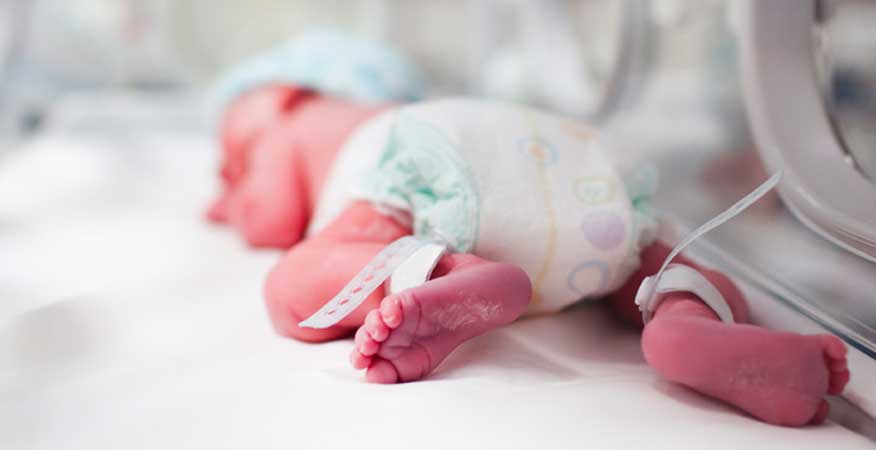Epidural anaesthesia during labour: what should you decide?

The fear of giving birth that many women experience is usually caused by fear of not being able to bear the pain when your baby is born. These days mothers can take advantage of methods to relieve or eliminate the pain of contractions, making labour a more relaxed experience. The most widely used therapeutic option today is epidural anaesthesia.
After all, it’s the only method that can completely eliminate the pain. The anaesthetic is injected between two vertebrae. The intention is to deliver a dose that’s just enough to prevent the strongest pains, while allowing the mother to feel the contractions and thus facilitate labour. However, this is not always possible.
Its administration is recommended once labour is established and the cervix is at least four centimetres dilated, although this will depend on each woman. The gynaecologist and anaesthetist will decide when it’s the right moment. It’s not recommended when the cervix is already eight centimetres dilated.
The most common side effects are:
- Pain at the puncture site.
- Back and leg pain. Your legs may even feel numb.
- Headaches.
- Possible delay to your milk coming in.
The advantages of this technique include:
- Being able to give birth without the physical and psychological exhaustion of a birth without anaesthetics.
- It improves placental circulation, reducing the risks in low birth weight babies.
- Peace of mind for women who were scared of giving birth.
- The woman can experience her birth without pain and can feel more relaxed.
But there are also some disadvantages:
- It can lower the mother’s blood pressure, which can affect the baby.
- It can prolong the process of dilation.
- Less capacity to push, which increases the chances of an instrumental delivery or caesarean section.
- Possible foetal distress if there is a decrease in the contractions, as that would make labour irregular.
There are now other non-pharmacological options that can offer the mother pain relief. These include:
- Relaxation techniques, which are practised during pregnancy so that the mother can put them into practice during labour to combat the pain.
- Warm water bath. Some hospitals are offering this option because it has good results.
- Massages to help relax the woman.
- Freedom of movement. The WHO states that being able to move around freely helps labour progress, reduces pain and shortens the first stage of labour.
- Nitrous oxide, an inhaled gas that provides mild analgesia lasting a few minutes.
In your case, what have you decided? What was your experience of labour like?
Publicado el 27 May, 2018
